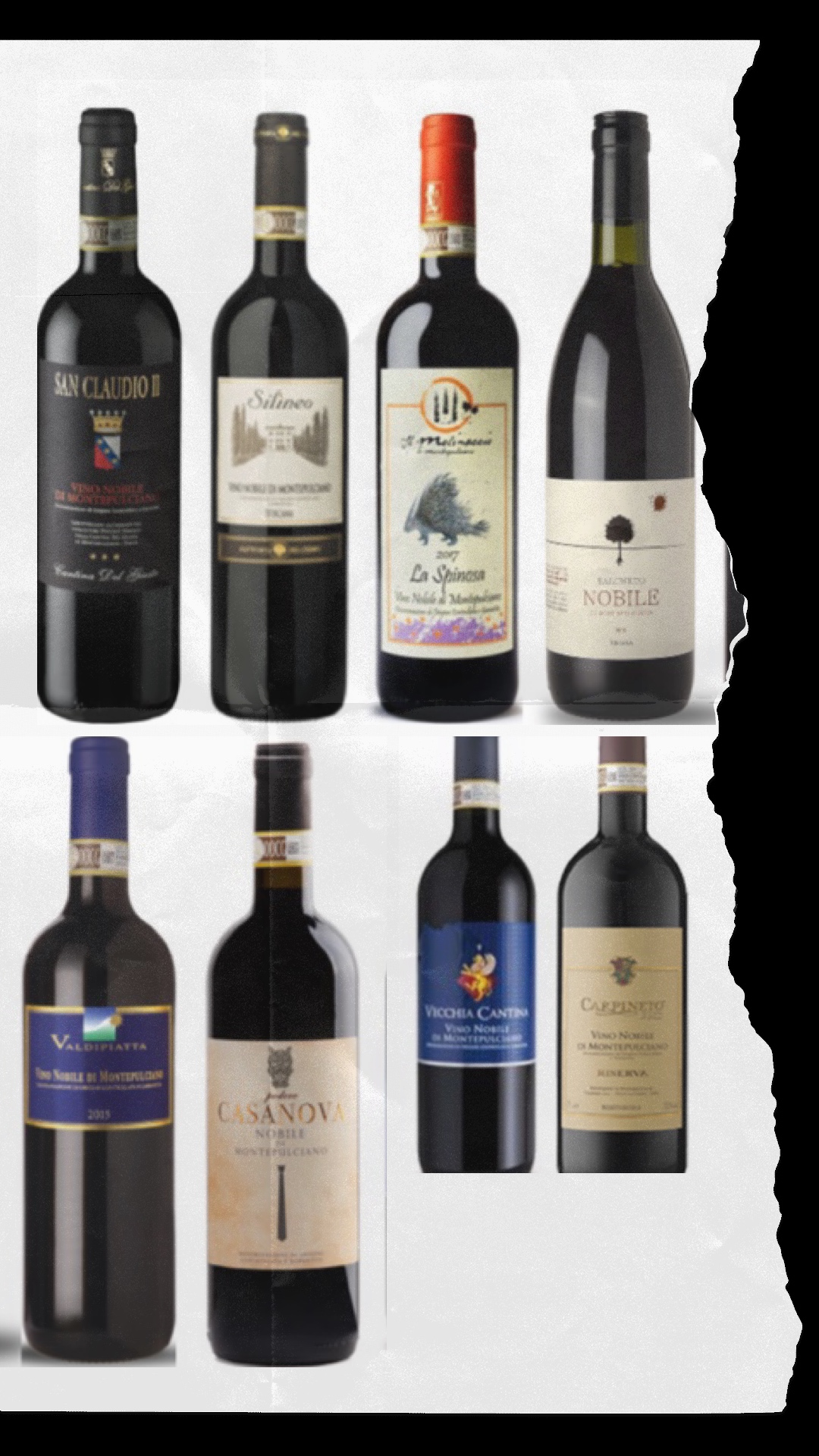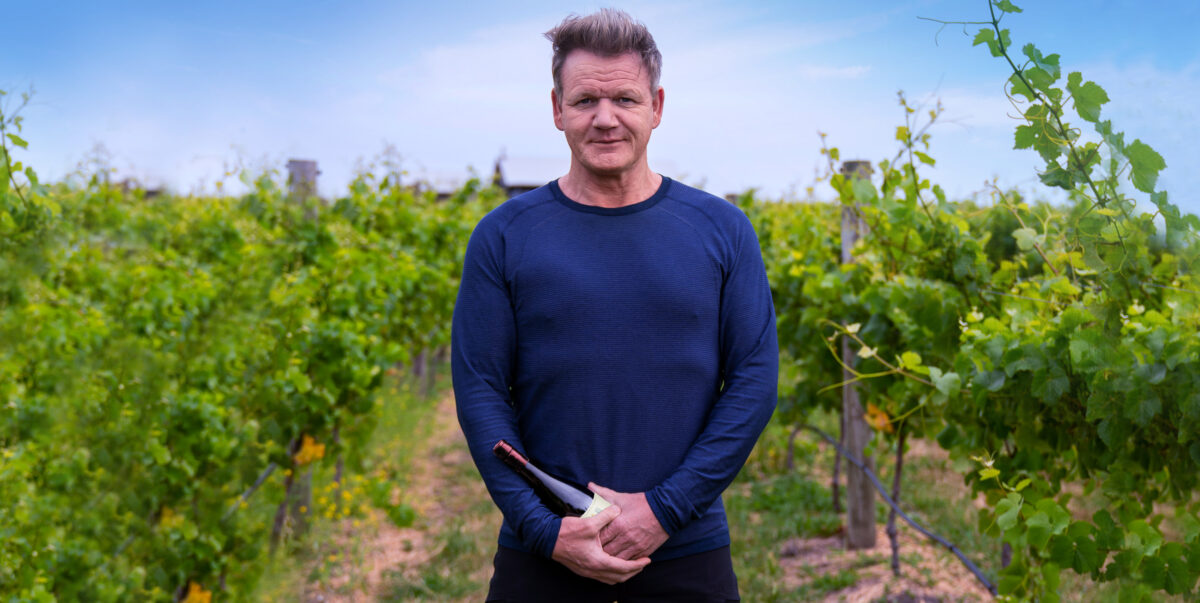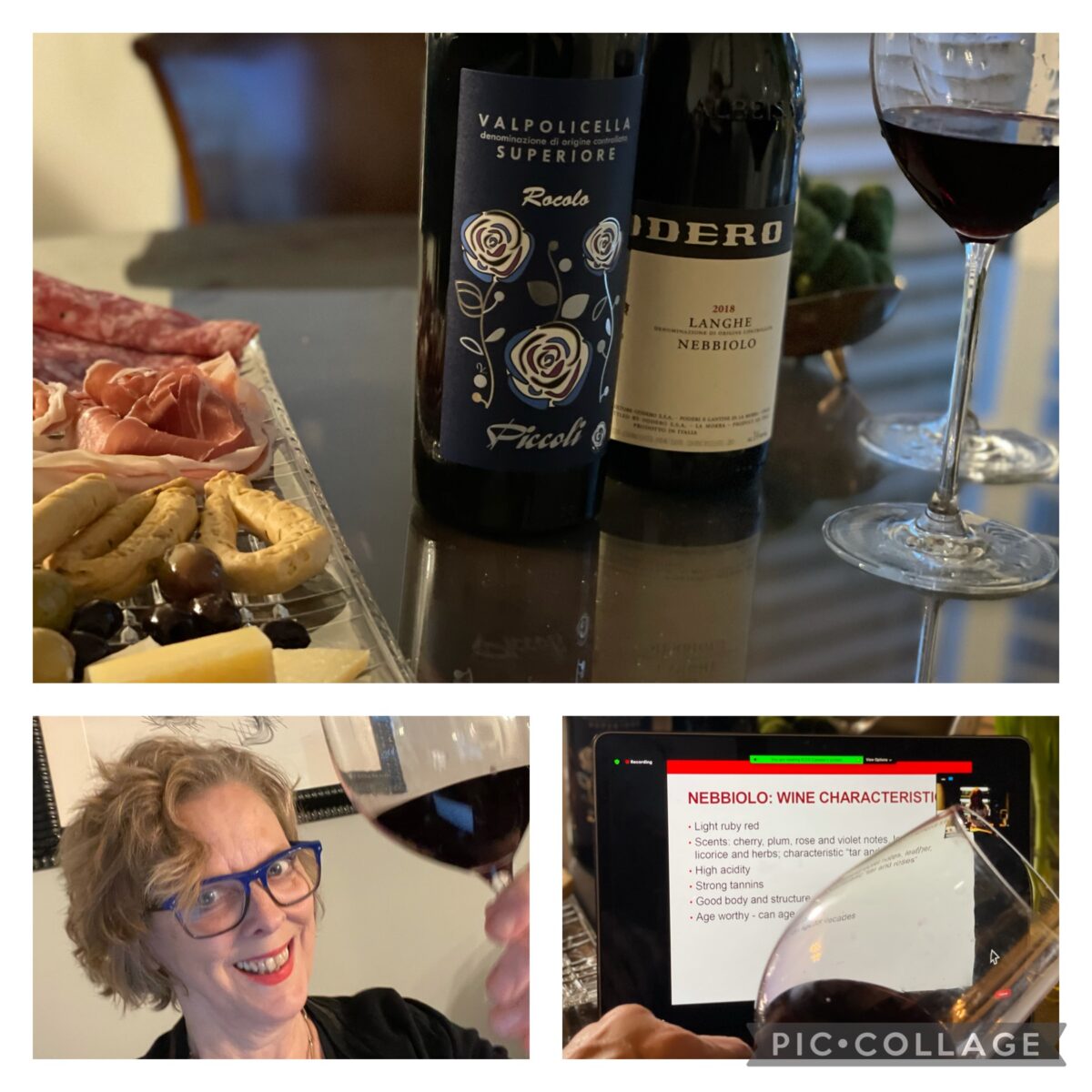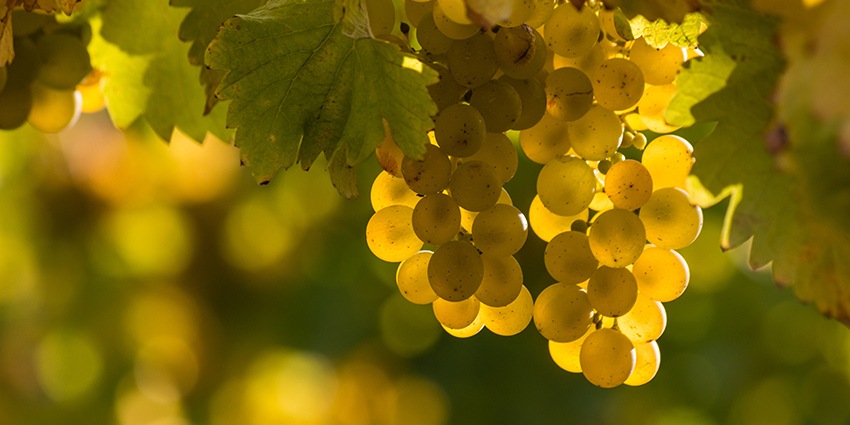From Alto Adige down to Sicily, a few countries can boast the variety, quality and history as Italy. I enjoyed an online Master Class on Vino Nobile di Montepulciano a few weeks ago to learn more about Tuscany’s noblest red wine. The masterclass and tasting was organized by the Italian Trade Commission, Consorzio Vino Nobile di Montepulciano and hosted by Ms. Lauren Power.
Nobile became D.O.C in 1966 and D.O.C.G. in 1980. These Sangiovese-based red wines are named after the town Montepulciano.
Throughout history, these wines were favored amongst Italian Kings, Popes, Presidents and celebrated as wine of the nobles, hence its name “Nobile”. Thomas Jefferson, a renowned wine aficionado, fell under its spell, stating: “For the present I confine myself to the physical want of some good Montepulciano…this being a very favorite wine and habit having rendered the light and high flavored wines of a necessary of life with me. It was most superlatively good.”
There are 1,300 hectares currently under vine for Vino Nobile di Montepulciano. The vineyards are situated between 250 and 600 meters above sea level. By law, these wines are made up of (minimum 70%) Sangiovese (‘Prugnolo Gentile’) with the balance of 30% of other varieties also authorized by the region. Other legal requirements include that both vinification and ageing must take place in the municipal area of Montepulciano and must be aged for two years (three for Riserva) before being sold.
We tasted both 2016 and 2017 vintages.
The 2016 as a “classic vintage”; it had nice intense colour, with pronounced aromas, good structure and tannic texture, with medium acidity and alcohol – overall a year with high quality, elegant and refined.
The 2017 vintage is considered outstanding – there was extreme hot and dry weather conditions that impacted vine growth which resulted in smaller yields and excellent quality wines. The 2017 wines have intense colour, are more concentrated, some darker notes; are well-balanced both in alcohol and acidy, and complex with significant tannins.
Here are eight wines tasted as part of this Master Class, which showcased 2016 and 2017 vintages:
Cantina Del Giusto San Claudio II D.O.C.G. 2017
85% Sangiovese, 10% Canaiolo Nero, 5% Mammolo
Six months in stainless steel, 24 months in large Slavonian Oak and eight months in the bottle. Cantina del Giusto is a small size farm at the the foot of Montepulciano, in Acquaviva.
Tasting Notes:
Ruby red with a slight orange tint; a bit high on alcohol; precise and defined sensory profile of raspberry, cherry, plum with hints of lemon zest, some smoke and earthiness; medium body perfectly ripe tannins and with a long finish
Fattoria del Cerro Silineo D.O.C.G. 2017
100% Sangiovese
Eighteen months aging.
This the largest private estate producing Vino Nobile, which also invests in indigenous varietals and biodiversity.
Tasting Notes:
Vivid ruby red; elegant and bold with a smooth and strong body showing cherry, raspberry, chocolate and earthy notes both on the nose and comes through to the palate; malolactic fermentation comes through with hints of cream and butter; a savoury wine with a nice long finish.
Il Molinaccio La Spinosa D.O.C.G. 2017
100% Sangiovese
Il Molinaccio is close to the town of Montepulciano, is currently transitioning to certified organic and has a strong green philosophy.
After Malolactic fermentation, wine ages for twelve months in French Allier oak and 12 months in bottle.
Il Molinaccio states: ‘the porcupine is a shy and feared animal but La Spinosa, on the contrary, shows itself with an elegant dress’.
Tasting Notes:
Ruby red, graceful, elegant on the nose of raspberry, cherry currant; hints of pepper, mushroom and coffee – all present through to the taste – well-balanced, medium body, soft tannins and a round finish.
Salcheto D.O.C.G. 2017
100% Sangiovese
70% large barrels/30% tonneau for eighteen months, with six months in bottle.
Salcheto is organic, biodynamic and committed to environmental sustainability. Their wines are sulfite-free and use indigenous yeasts.
Tasting Notes:
This wine displays notes of flowers and red berry aromas, red plums, rose petals; medium-full body; notes of red fruits, spice; fine tannins very well blended in the matrix; creamy rich with a long finish.
Tenuta Valdipiatta D.O.C.G. 2017
95% Sangiovese, 5% Canaiolo
Family-owned winery founded in 1960; is certified organic and has sustainability and environmentally sensitive practices.
Aging period of 15-18 months, partly in French oak barriques and partly in Slavonian oak barrels of 30 and 50 hl
Tasting Notes:
Ruby red with hints of orange; opens up on the palate showing notes of flowers, plums, with some hints of smoke; medium-full body, soft and mature tannins – well-balanced finish.
Podere Casanova D.O.C.G. 2016
97% Sangiovese
Malolactic fermentation in stainless steel and subsequent transfer in barriques, casks, and 1000 l barrels for 18 months; followed by 6 months in the bottle.
Podere Casanova, is located in the heart of Tuscany on the borders of Val d’Orcia near Lake Trasimeno and Montepulciano.
Tasting Notes:
Intense ruby red color; aromas of red fruits, currants and black cherry, with subnotes of cocoa, tobacco and coffee; the palate it is confirmed by vivid freshness and flavor, dynamic, juicy, presents a strong body and fleshy tannins; pleasant ending.
Vecchia Cantina di Montepulciano D.O.C.G. 2016
Mostly Sangiovese
18 months in large 35-85 hl Slavonian durmast barrels, with a short time in the bottle.
Vecchia Cantina di Montepulciano is the oldest cooperative in Tuscany with around 400 member estates with a total of 1,000 hectares. The vineyards are cultivated using the espalier system, with spurred cordon vine training, Guyot, double Guyot and G.D.C.
Tasting Notes
Bright ruby in colour; cherry, blackberry and wet-earth aromas and flavors, with notes of spice and smoke; medium to full body; round with soft tannins; long finish with some lingering chocolate and wood flavours.
www.vecchiacantinadimontepulciano.com
Carpineto Riserva D.O.C.G. 2016
70% Sangiovese (Prugnolo Gentile), 30% Canaiolo and other authorized grape varietals.
Carpineto was founded in 1967 in Dudda, just outside of Greve, in Chianti by Giancarlo Sacchet and Antonio Mario Zaccheo with the purpose of making great Sangiovese.
Best decant for 1-2 hours before tasting.
Tasting Notes:
Intense ruby red; is wonderfully fleshy and expressive, has plenty of structural underpinnings; dark cherry, plum, spice, menthol, licorice and mocha; The balance of fruit depth allied to a mid-weight sense of structure is compelling; well-balanced and elegant with tons of character.



![The Union des Grands Crus de Bordeaux announces 10 cities to host “en primeur” tastings [April 26-29]](https://www.liz-palmer.com/wp-content/uploads/2021/03/Bordeaux-1200x813.jpg)

